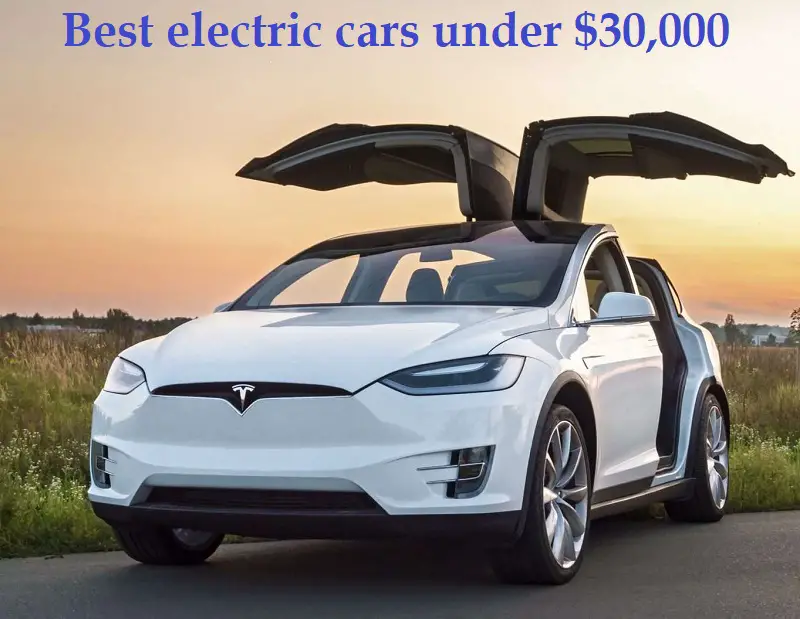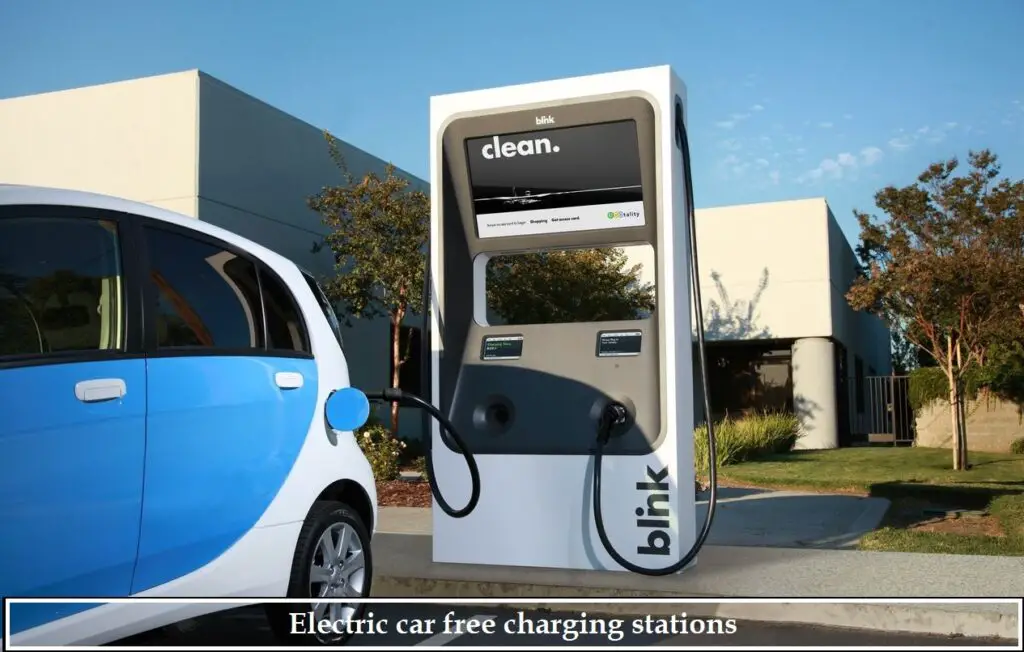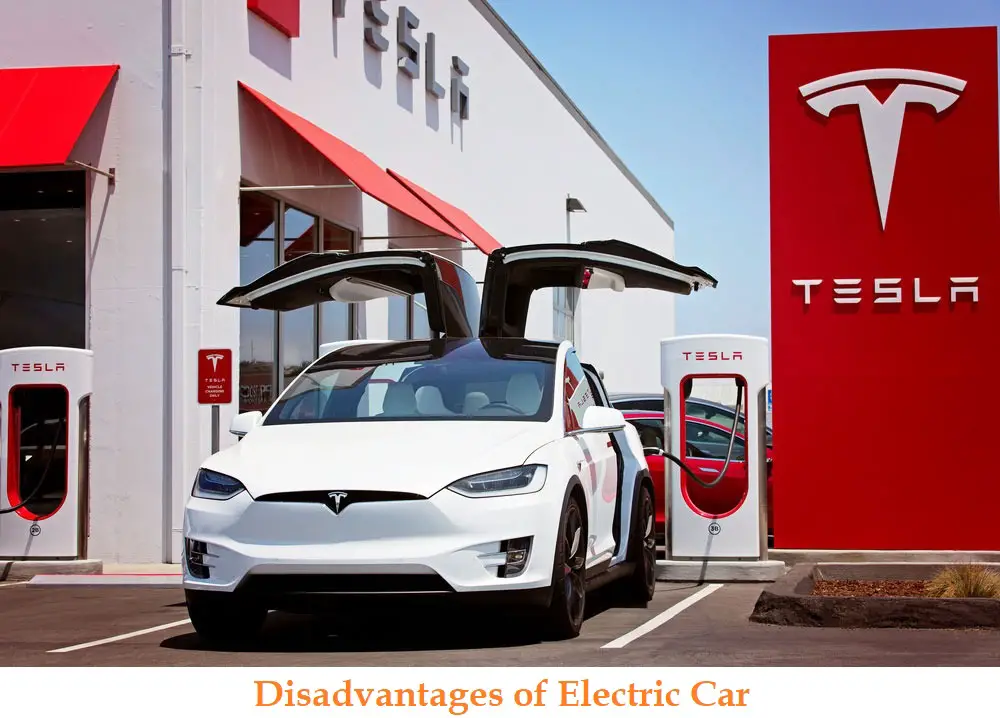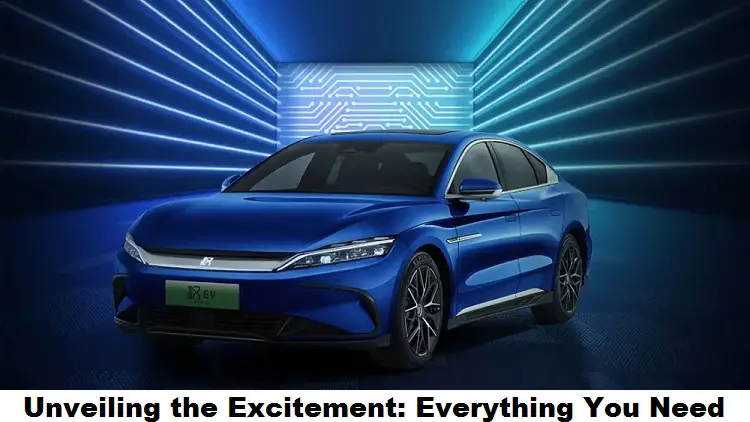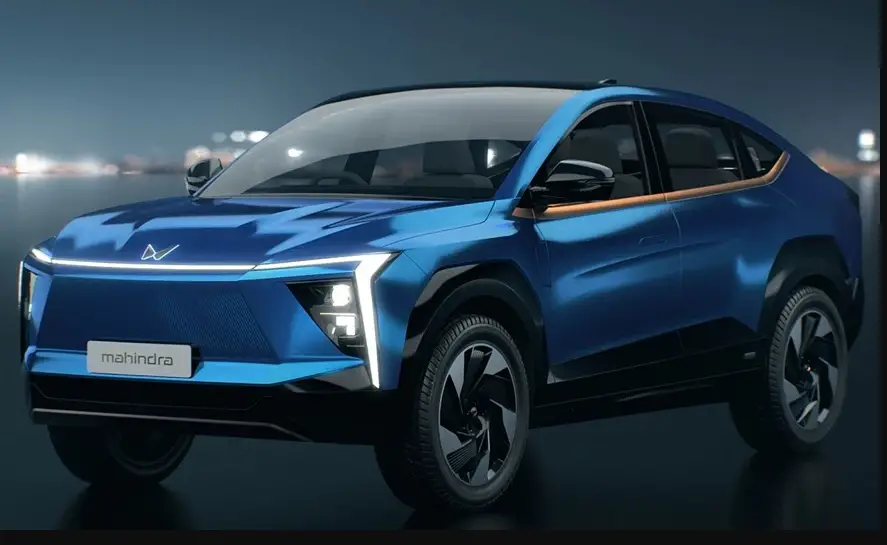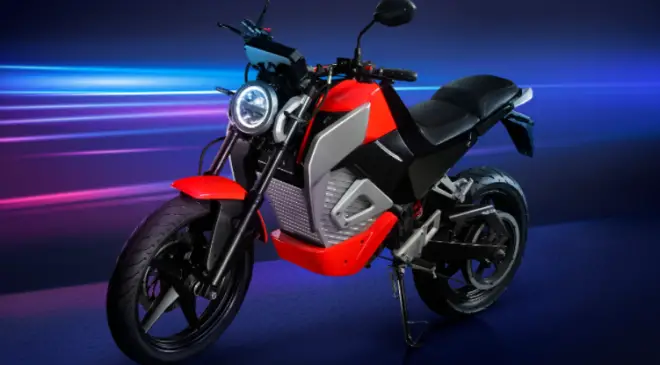Five Reasons Why the Launch of 5 Electric SUVs is Going to Change the Auto Industry By Mahindra
Mahindra unveils 5 electric cars: XUV.e8, XUV.e9, BE.05, BE
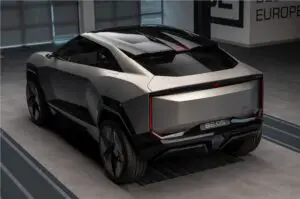
Mahindra is committed to its vision of “mobility for all”. The company unveiled 5 electric cars at the Auto Expo 2018 and this means that Mahindra has a wide range of electric cars that are available in different segments.
The company unveiled XUV.e8, XUV.e9, BE.05, BE and KUV100 Electric Plus at the Auto Expo 2022. These five models are expected to be launched in India by 2023 and will be sold under Mahindra’s electric car brand ‘EV2’.
XUV e8 is a compact SUV with a price tag of Rs 10 lakhs and it can go up to 135 kms on one charge. XUV e9 is an SUV with seats for 7 passengers which can go up
Mahindra unveils new ‘INGLO EV platform
Mahindra unveiled INGLO EV platform at the New York International Auto Show. The company is looking to launch electric cars in India by 2022. This platform will help Mahindra to make a foray into the electric vehicles market.
Mahindra XUV.e9 Specification , price
The Mahindra XUV.e9 is a compact SUV with a lot of features and an affordable price tag.
The Mahindra XUV.e9 is the company’s latest offering in the compact SUV segment and it comes with a lot of features at an affordable price tag. The car is powered by a 2 litre engine that can generate 140 Bhp of power and 220 Nm of torque. It comes with a 6-speed automatic transmission gearbox and offers driver assistance features like adaptive cruise control, lane departure warning, collision avoidance system, hill descent control, hill start assist, blind spot monitoring system etc.
Mahindra XUV.e8 Ful Specification
The first model that makes it to production will be the XUV.e8, due for a launch in December 2024. This essentially is an electric counterpart of Mahindra’s current flagship SUV, the XUV700. Although the XUV.e8 is based on the INGLO platform, it is conceptually similar to the XUV700 – it carries forward the same basic layout, same silhouette and same three rows of seats.
The Mahindra XUV.e8 Ful Specification is a SUV that has a capacity to seat up to 7 people. It has a powerful engine and is equipped with advanced safety features.
The Mahindra XUV.e8 Ful Specification is an SUV that seats up to 7 people and comes with a powerful engine and advanced safety features.
Mahindra born elctric price in india ?
The Mahindra born electric car has a starting price of Rs. 19 Lakhs, which is slightly higher than the starting price of the Mahindra e2o Plus. This is because the new electric vehicle comes with a larger battery that can travel for more than 200 km on a single charge.
The Mahindra born electric car has a starting price of Rs. 19 Lakhs, which is slightly higher than the starting price of the Mahindra e2o Plus. This is because the new electric vehicle comes with a larger battery that can travel for more than 200 km on a single charge. The company claims that it can be charged in just 3 hours and 40 minutes from zero to full, which is much faster than other EVs in India including its own e2o




